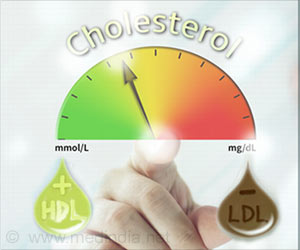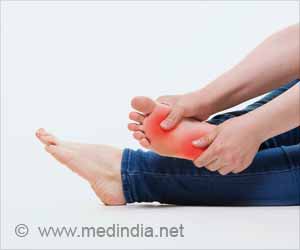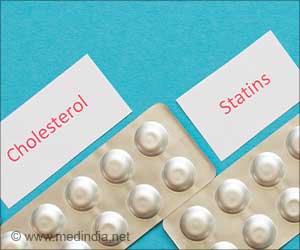Reducing the size of abdominal fat cells – which are a risk factor for diabetes and heart disease – takes more than cutting calories, according to new research…
Reducing the size of abdominal fat cells – which are a risk factor for diabetes and heart disease – takes more than cutting calories , according to new research from Wake Forest University Baptist Medical Center. Early results from a five-year study show that exercise should be added to the equation.
“The message is very clear,” said Tongjian You, Ph.D., instructor in geriatric medicine at Wake Forest Baptist and lead author. “Exercise is important to reducing the size of these cells, and may one day be part of a prescription for treating the health complications associated with abdominal fat.”The study is reported in the August issue of the International Journal of Obesity. The results – from 45 obese, middle-age women with excess abdominal fat – are part of an ongoing study of up to 125 women. The goal is to determine what lifestyle changes are needed to reduce the size of abdominal fat cells.
It is well known that overall obesity is a risk factor for diabetes and heart disease. Not all obese people develop these diseases, of course. Obese people who have more abdominal fat (an apple shape) are at a higher risk than people who store excess fat in their hips and thighs (a pear shape).
Abdominal fat is associated with metabolic syndrome, a cluster of symptoms that increases the risk for heart disease and diabetes. The syndrome is diagnosed when someone has at least three of the following: abdominal obesity, high triglycerides, low levels of high-density liprorotein (“good”) cholesterol, high blood pressure and increased levels of sugar in the blood.
The current research studied a lesser-known risk factor for the syndrome – the size of fat cells just under the surface of the skin, known as subcutaneous fat.
“The size of these fat cells predicts type 2 diabetes, independent of whether the patient is obese,” said You.
Advertisement
One group cut their calorie levels through diet, but did not exercise. A second group walked at about 1 to 2 miles per hour on a treadmill for 50 minutes three times a week. A third group also walked three times a week, but at 3.5 to 4 miles per hour for 30 minutes. Both exercise groups burned 400 calories each week through walking.
Advertisement
The diet-alone group had no changes in abdominal fat cell size. However, both exercise groups had decreases of about 18 percent in the size of their abdominal fat cells.
“It is important to complete our larger study to see if these results hold true,” said You. “But, these early findings do point to the importance of exercise in treating the complications of abdominal fat.”
You said it’s possible that because of the small size of the study, women in the diet-alone group did have small reductions in fat cell size that weren’t detected. “However, considering the important role of abdominal fat cell size in predicting diabetes and heart disease, our study does indicate that addition of exercise to dietary weight loss is more beneficial than weight loss alone,” he said.
(Source: Newswise)










